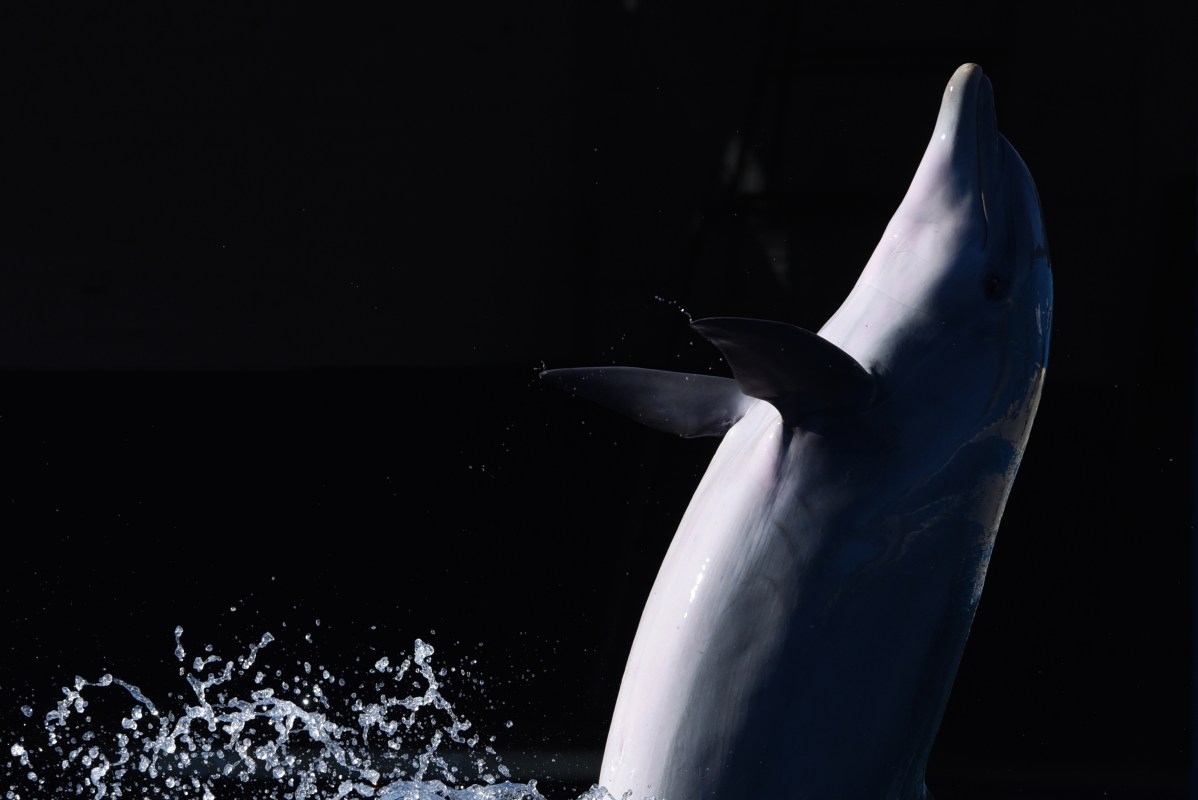A new article in The Atlantic investigates the strange history of “tail-walking,” the classic trick taught to captive dolphins that has inspired something of a scientific mystery. In 1995, Billie the dolphin became the first known wild dolphin to skid on the surface of the water, jumping and moving backward, a behavior she somehow picked up from captive dolphins. The fact of her learning to tail-walk, a seemingly functionless trick, shocked scientists.
Billie learned to tail-walk from captive dolphins with whom she was briefly held after scientists found her in a dangerously polluted harbor in Australia and brought her to a dolphinarium. No person taught Billie to tail-walk, rather she picked it up from the other dolphins.
After Billie was released back into the wild ocean, she spread it to other dolphins. By the time Billie died in 2009, a number of neighboring wild dolphins could be spotted tail-walking. How and why exactly tail-walking spread is a mystery, but it is evidence of the incredible social relations of which dolphins are capable.
Thanks for reading InsideHook. Sign up for our daily newsletter and be in the know.



















